
Draft proofing a living room is essential for improving comfort, reducing energy bills, and creating a cozy space, especially during colder months. Families often spend the most time in living rooms, making them a priority for effectively sealing drafts.
In this article, I'll reveal to you exactly how and why you should draft proof your living room, based on my many years of experience as a heating, ventilation and air conditioning (HVAC) technician and founder of Air Conditioner Lab. I'll also tell you the common mistakes to avoid, plus recommend some top products us experts love.
Knowing how to run and clean your HVAC system, as well as how to draft proof your living room, is key to managing your home climate efficiently.
Why you should draft proof your living room

We know that families typically spend a lot of time in the living room – some estimates say about 40% of indoor relaxation hours are spent there. A drafty living room can make it much less inviting, and lead to higher energy bills because your heating and cooling system has to work harder.
The good news is that just a few simple draft reduction measures can cut heating and cooling costs by 10% to 30%, depending on how leaky the room is. Reducing these drafts helps keep the temperature more consistent indoors and stops that annoying chill around the ankles on winter evenings. Check out the 'goldilocks' temperature for your thermostat.
Additionally, draft-proofing prevents external pollutants like dust and allergens from entering your home.
How to draft proof a living room

When I start draft proofing, I check the windows and doors. If you're not so confident, try using a candle. A flickering flame reveals a draft.
I add weatherstripping around window frames and door edges to block cold or hot air from getting in. This M-D White Vinyl/Foam Door Weatherstrip from Lowe's is easy to install, but my top tip is Frost King M13WH V-Shape Weatherstrip, available from Walmart. I like this product because it's flexible, easy to measure and cut, and sticks well. It helps close those window gaps without much hassle and can handle regular window opening and closing without wearing out too fast.
I sometimes apply insulation film to windows and use a draft stopper at door thresholds to seal any gaps. This Duck Brand Rolled Insulation Film Window Kit from Walmart is my preferred choice. This transparent film is easy to apply and works well for holding in warmth during winter months. I like that it's affordable, doesn't block your view, and can help reduce energy loss through old or single-pane windows.
Next, I inspect electrical outlets and light switches on external walls – small foam gaskets behind the plates can seal minor leaks. If there's a fireplace, I ensure the damper is properly sealed when not used. Lastly, I fill any cracks around skirting boards or where pipes and wires enter the room with caulk for extra sealing. This multi-use GE Silicone All Purpose Caulk from Lowe's is great for sealing around windows, doors and electrical outlets.
Adding area rugs or using underlay insulation beneath carpets can also help reduce drafts through flooring. Check out Homes & Gardens' guide to the 15 best rugs to shop right now.
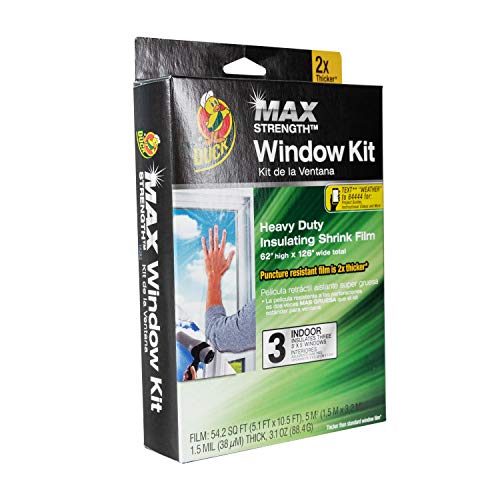
This heavy-duty insulating film blocks living room drafts and heat loss effectively, helping reduce energy bills by up to 20%. It’s also easy to install and remove without damaging your windows.
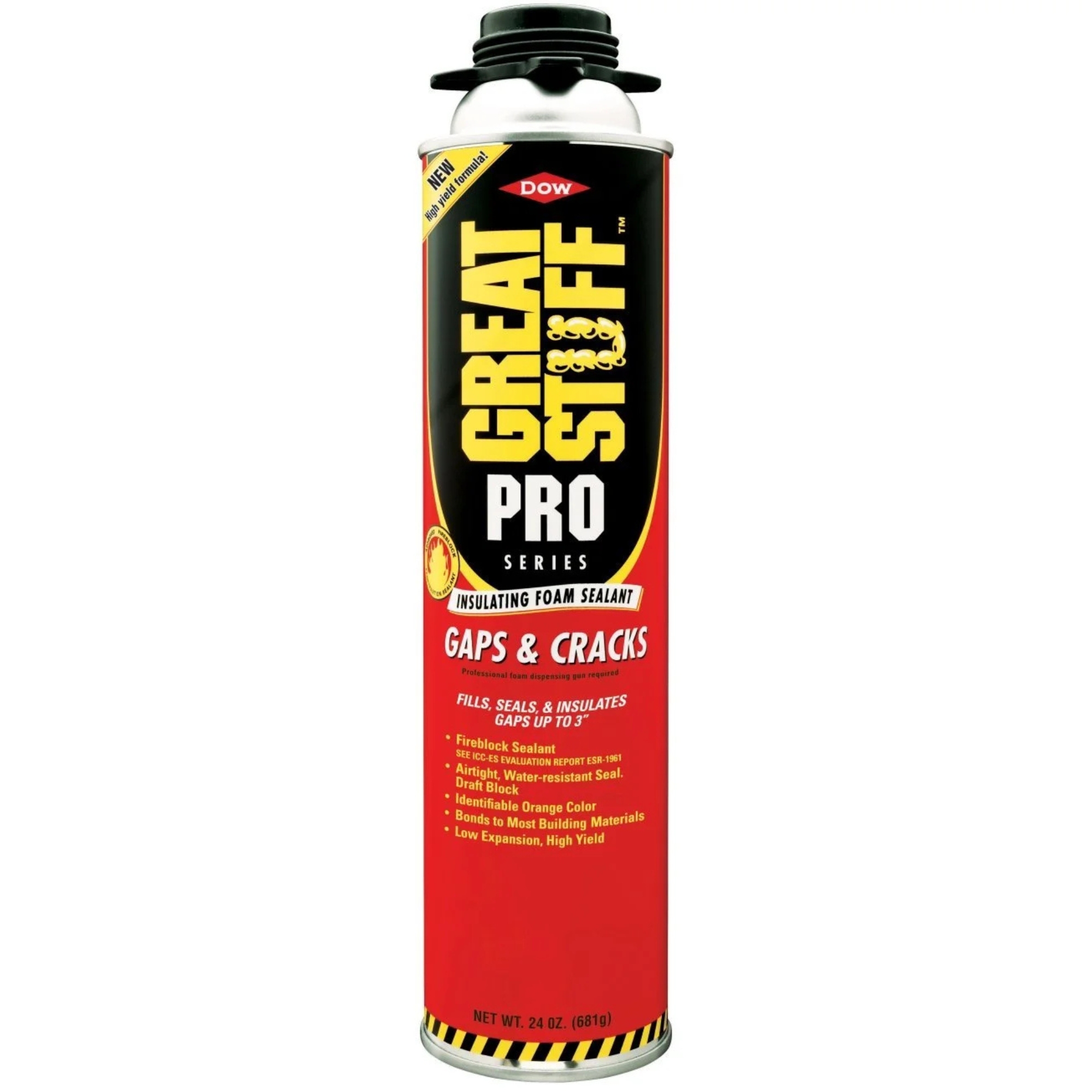
This high-quality sealant is a super option: user-friendly, cost effective and great for DIY projects. It comes with great reviews, preventing drafts and water infiltration, keeping your living room at just the right temperature through the seasons.

Not only will this beautiful Persian-inspired rug add vibrant color to any living room it graces, it's also thick and super soft – perfect for blocking any draft trying to sneak up through your floors.
What to avoid when draft proofing a living room
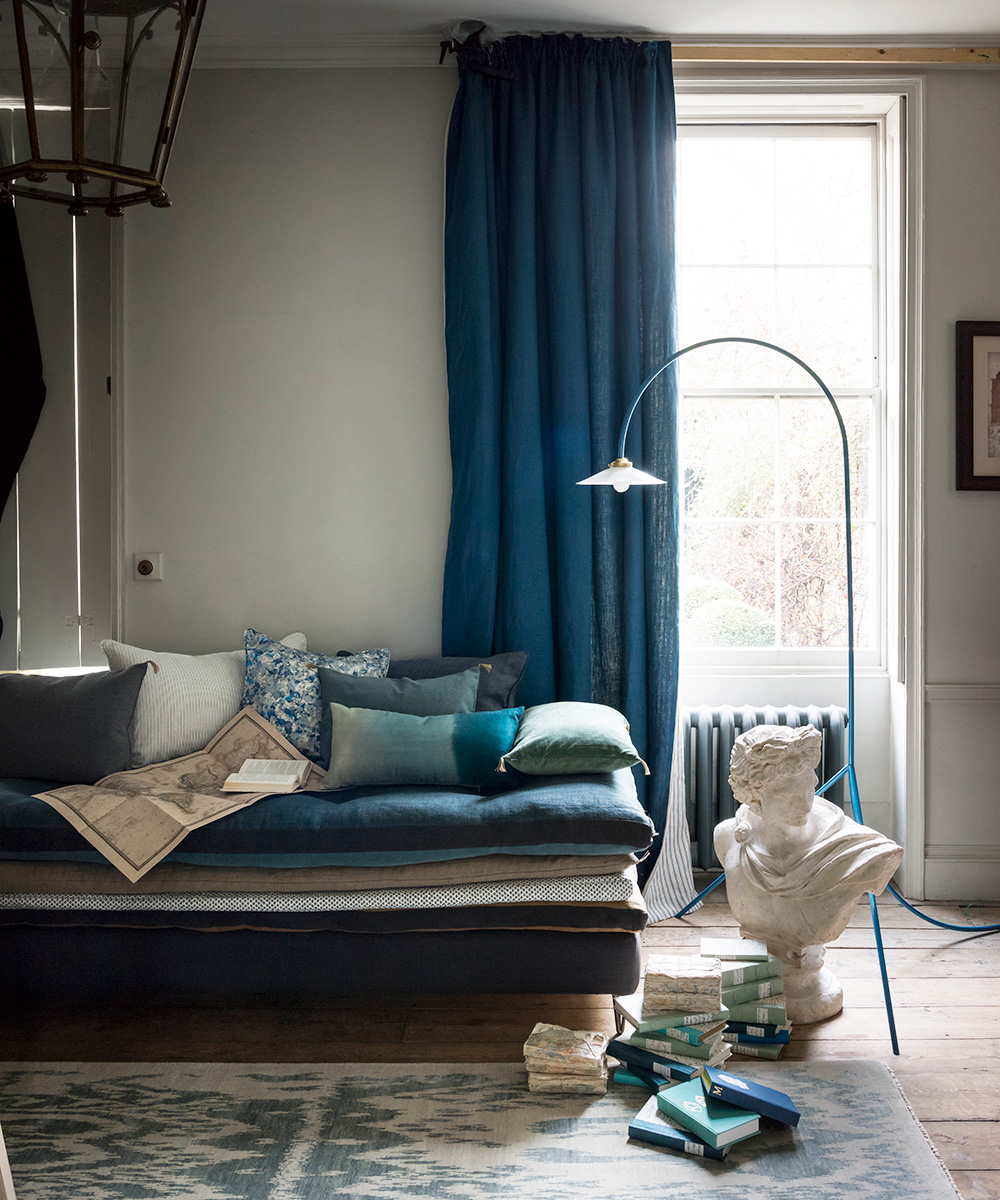
When it comes to common mistakes, the first thing you want to avoid is a quick patch job that won't last, such as low-quality tapes that start peeling after a few weeks.
I also pay attention to selecting the right material for each area. For example, some weatherstrips work better on doors than windows, and not all sealants hold up well in humid conditions. Check out a good dehumidifier below, plus these six things you need to know before buying a dehumidifier.
Another thing I'm careful about is maintaining proper ventilation – it's never good to seal off necessary airflow or ignore proper humidity control. Check out Homes & Gardens' brilliant guide to whether you should close vents in unused rooms, in which I feature.
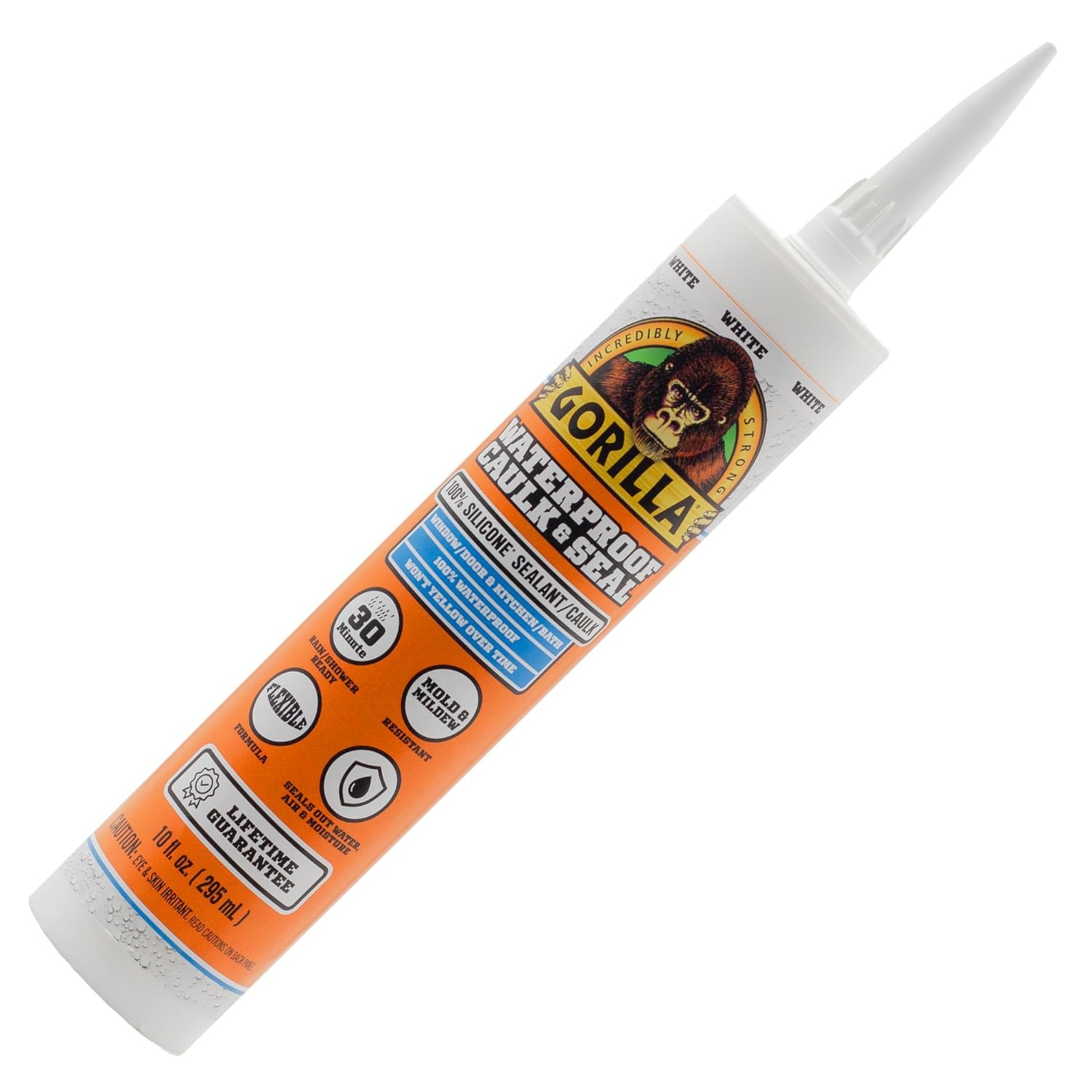
This popular and long-lasting sealant – which comes with more than 13,000 five-star customer reviews – is not only mold and mildew resistant, but won't yellow, shrink or crack over time.

If your living room is relatively small, this compact, affordable unit is ideal. It's quiet, energy-efficient, and will automatically shut off when the water tank is full, preventing any risk of overflow.
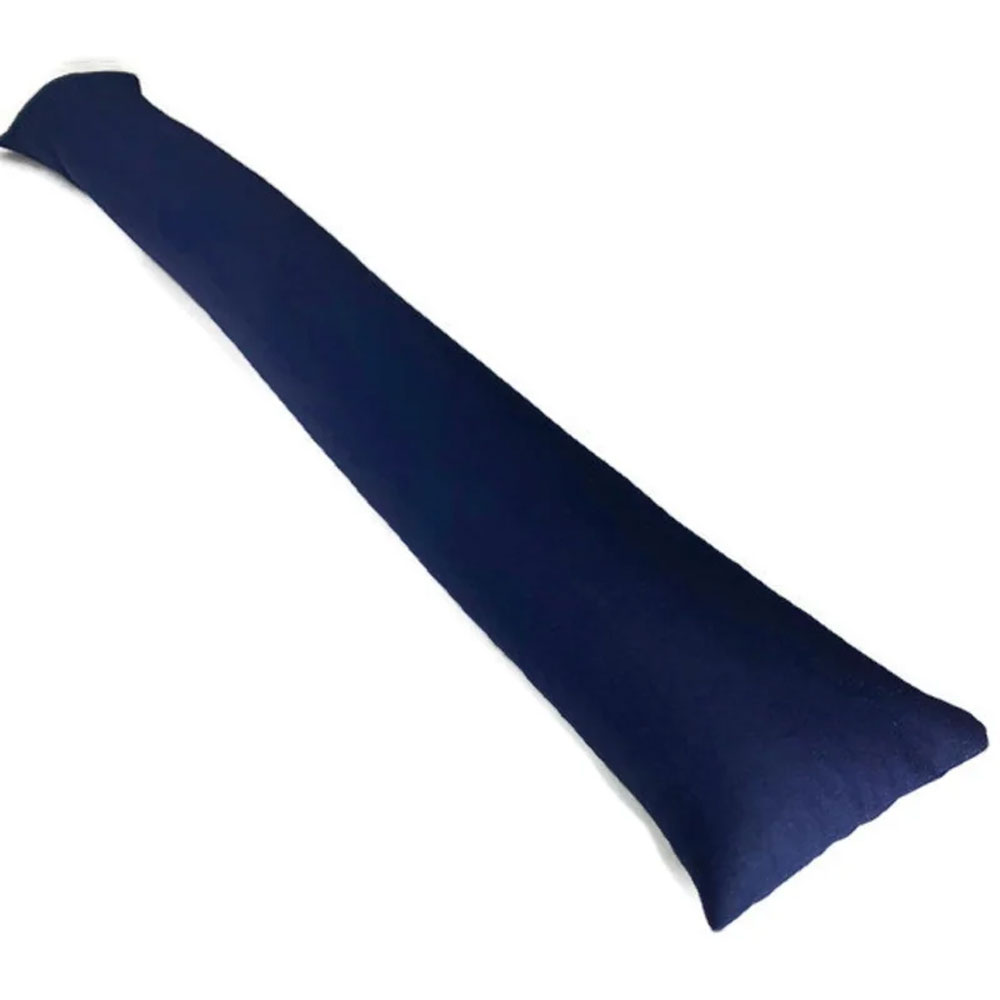
This stylish fabric draft stopper is just the thing for keeping the wind from whistling in under living room doors and windows. It's easy to set up, as there's no need to physically attach it to the frames.
FAQs
Will draft proofing my living room save me a lot of money?
Yes, draft proofing reduces energy consumption by preventing heat loss, which can lower your heating bills significantly. Every home is different, but some homeowners see a 10% to 30% reduction in heating and cooling costs. That can add up over the long run. Check out the 'vampire' appliances secretly costing you money, which includes air conditioning.
What's the best way to detect drafts in a living room?
To detect drafts, use a lit candle or an incense stick near windows, doors, and outlets. If the flame flickers or smoke moves, there’s likely a draft. You can also use your hand to feel for cold air or purchase an infrared thermometer for a more precise assessment.
Can I draft proof my living room on my own?
Yes. Many steps are easy, such as adding a draft stopper or applying weatherstrips. If you still feel cold spots after your best efforts, or if you encounter structural issues, consider a professional's help.
Are thermal curtains worth it for draft proofing a living room?
Thermal curtains are an excellent investment for draft-proofing windows in living rooms. They block cold air and retain heat, especially during winter months. They also provide added benefits like noise reduction and improved privacy. Check out the curtain hacks for a warmer home this winter.
How often should I check my draft proofing?
It's a good idea to inspect your living room for drafts at least once a year. Over time, caulking and weatherstripping can wear out and need replacement. Regular checks ensure your draft-proofing efforts remain effective. Inspecting before winter or summer is a good idea to ensure your seals are still holding up.
So there you have it, how to draft proof a living room like us pros. Draft-proofing your living room is a straightforward way to improve comfort and save money on energy bills. With the right techniques and tools, you can make your living space warm and inviting year-round.
Next, check out these seven tips to make your living room more relaxing.







